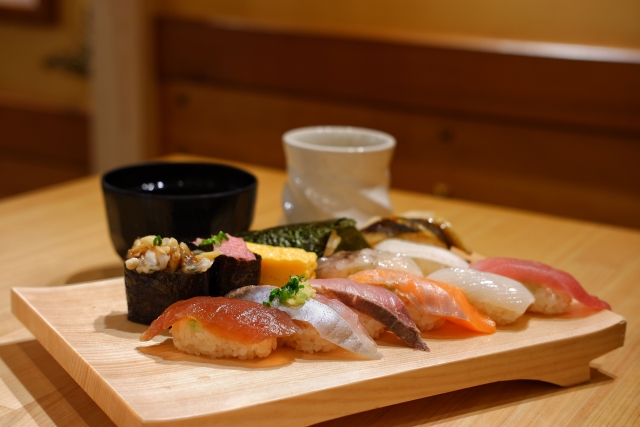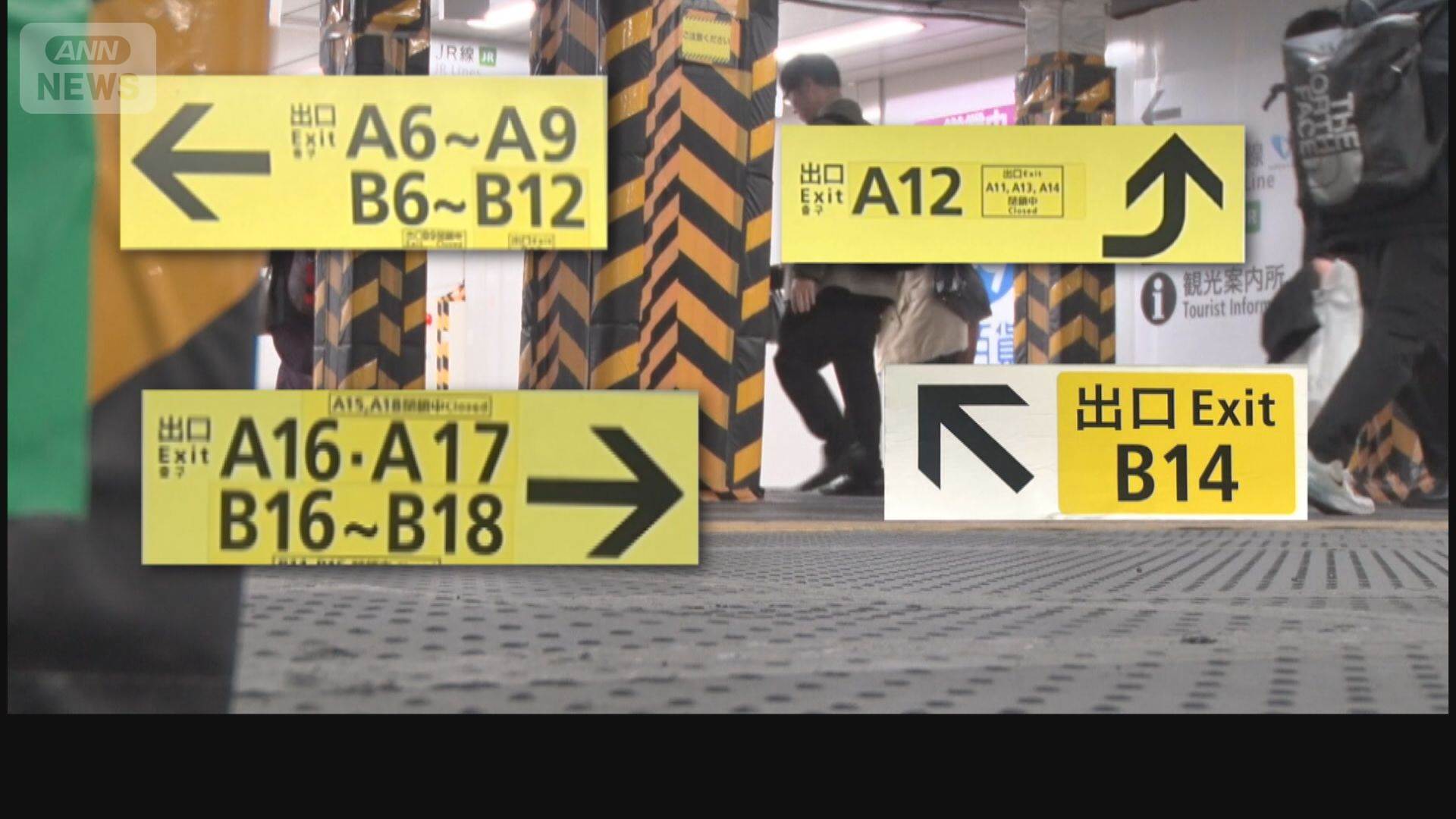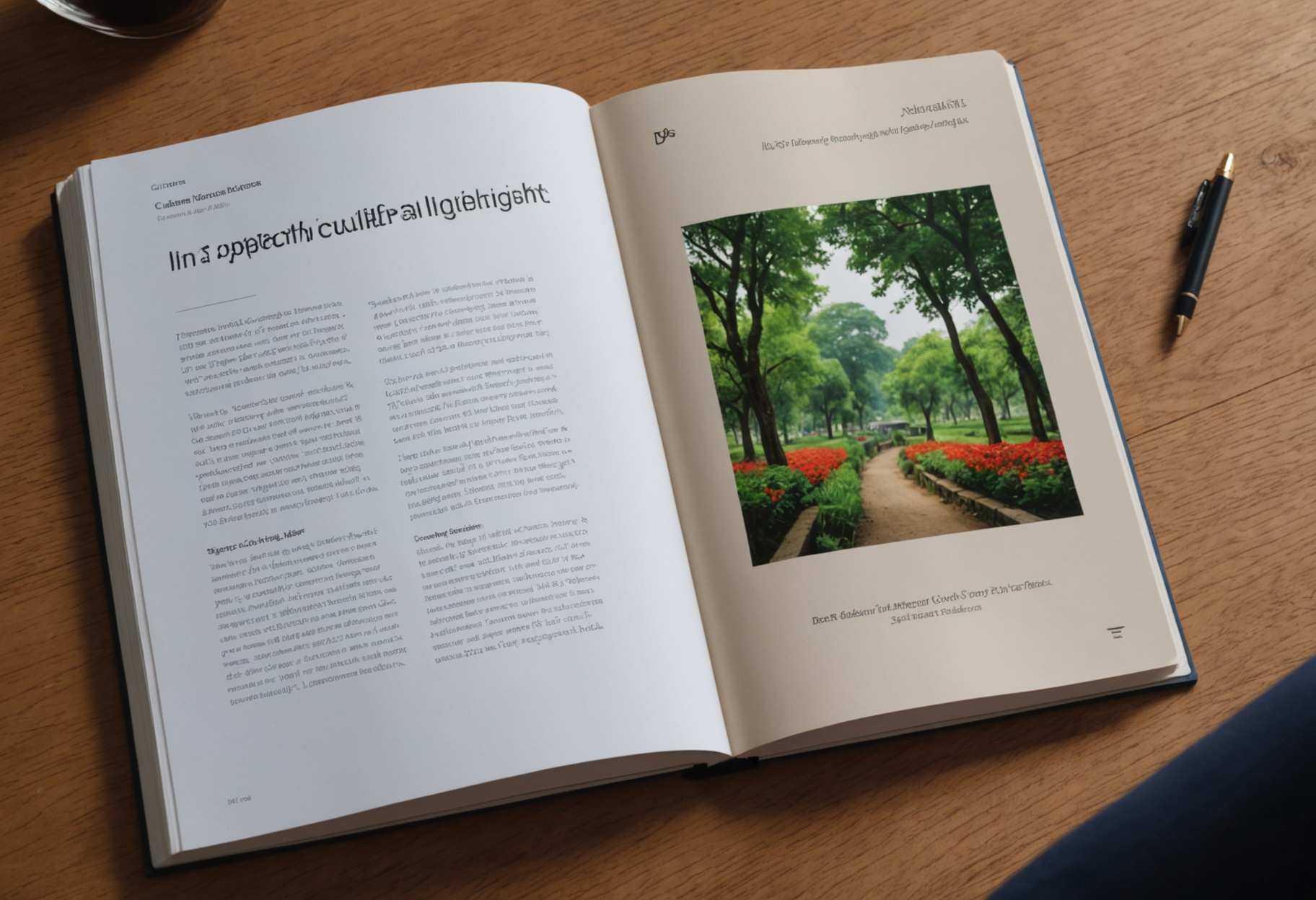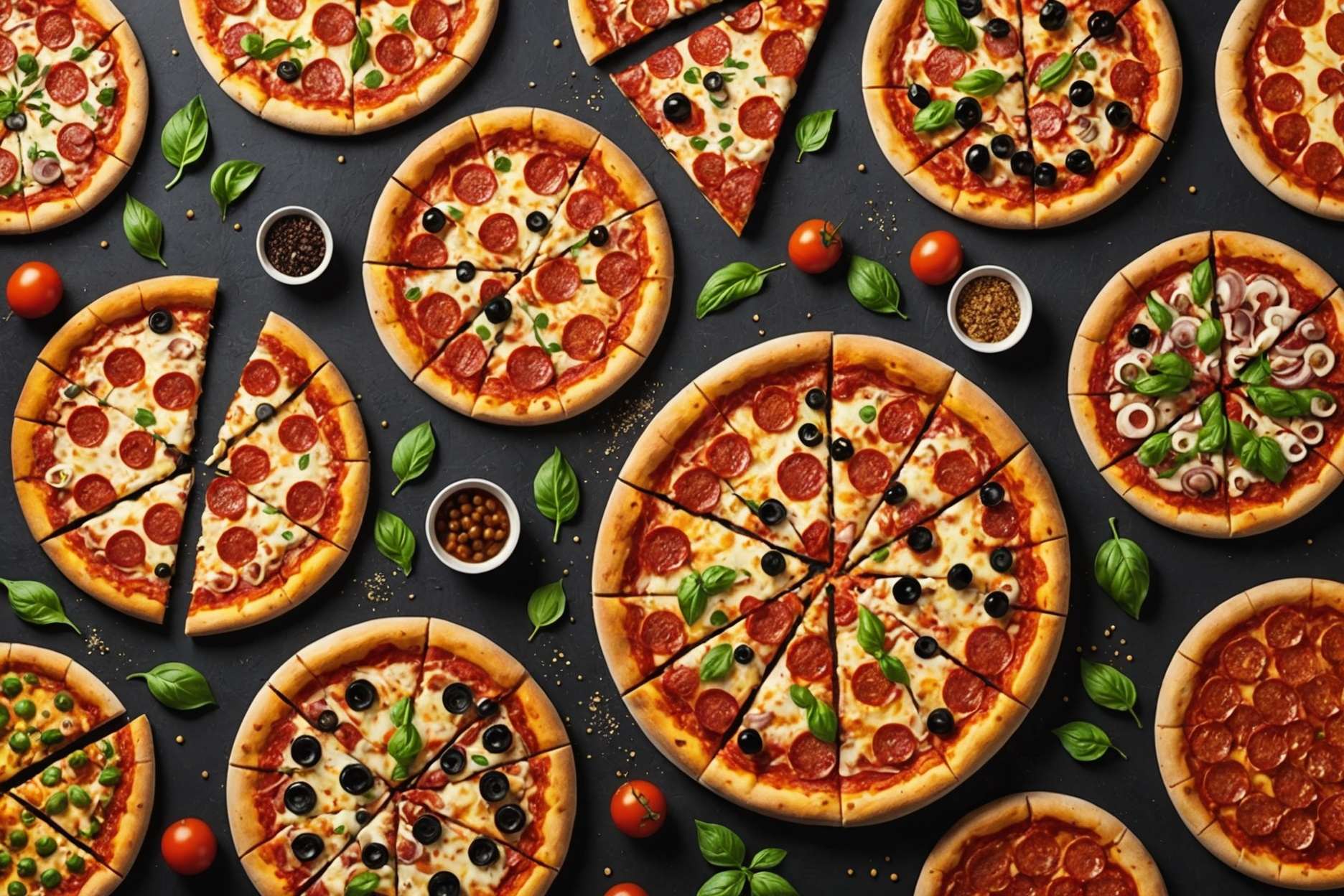
Everyone has looked up at the clouds and seen faces, animals, objects. Human brains are hardwired for this kind of whimsy. But some people – perhaps a surprising number – look to the sky and see government plots and wicked deeds written there. Conspiracy theorists say that contrails – long streaks of condensation left by aircraft – are actually chemtrails, clouds of chemical or biological agents dumped on the unsuspecting public for nefarious purposes. Different motives are ascribed, from weather control to mass poisoning.
The chemtrails theory has circulated since 1996, when conspiracy theorists misinterpreted a U.S. Air Force research paper about weather modification, a valid topic of research. Social media and conservative news outlets have since magnified the conspiracy theory. One recent study notes that X, formerly Twitter, is a particularly active node of this “broad online community of conspiracy.”
I’m a communications researcher who studies conspiracy theories. The thoroughly debunked chemtrails theory provides a textbook example of how conspiracy theories work.
Boosted into the stratosphere
Conservative pundit Tucker Carlson, whose podcast averages over a million viewers per episode, recently interviewed Dane Wigington, a longtime opponent of what he calls “geoengineering.” While the interview has been extensively discredited and mocked in other media coverage, it is only one example of the spike in chemtrail belief.
Although chemtrail belief spans the political spectrum, it is particularly evident in Republican circles. U.S. Secretary of Health and Human Services Robert F. Kennedy Jr. has professed his support for the theory. U.S. Rep. Marjorie Taylor Greene of Georgia has written legislation to ban chemical weather control, and many state legislatures have done the same.
Online influencers with millions of followers have promoted what was once a fringe theory to a large audience. It finds a ready audience among climate change deniers and anti-deep state agitators who fear government mind control.
Heads I win, tails you lose
Although research on weather modification is real, the overwhelming majority of qualified experts deny that the chemtrail theory has any solid basis in fact. For example, geoengineering researcher David Keith’s lab posted a blunt statement on its website. A wealth of other resources exist online, and many of their conclusions are posted at contrailscience.com.
But even without a deep dive into the science, the chemtrail theory has glaring logical problems. Two of them are falsifiability and parsimony.
According to psychologist Rob Brotherton, conspiracy theories have a classic “heads I win, tails you lose” structure. Conspiracy theorists say that chemtrails are part of a nefarious government plot, but its existence has been covered up by the same villains. If there was any evidence that weather modification was actually happening, that would support the theory, but any evidence denying chemtrails also supports the theory – specifically, the part that alleges a cover-up.
People who subscribe to the conspiracy theory consider anyone who confirms it to be a brave whistleblower and anyone who denies it to be foolish, evil or paid off. Therefore, no amount of information could even hypothetically disprove it for true believers. This denial makes the theory nonfalsifiable, meaning it’s impossible to disprove. By contrast, good theories are not false, but they must also be constructed in such a way that if they were false, evidence could show that.
Nonfalsifiable theories are inherently suspect because they exist in a closed loop of self-confirmation. In practice, theories are not usually declared “false” based on a single test but are taken more or less seriously based on the preponderance of good evidence and scientific consensus. This approach is important because conspiracy theories and disinformation often claim to falsify mainstream theories, or at least exploit a poor understanding of what certainty means in scientific methods.
Like most conspiracy theories, the chemtrail story tends not to meet the criteria of parsimony, also known as Occam’s razor, which suggests that the more suppositions a theory requires to be true, the less likely it actually is. While not perfect, this concept can be an important way to think about probability when it comes to conspiracy theories. Is it more likely that the government is covering up a massive weather program, mind-control program or both that involve thousands or millions of silent, complicit agents, from the local weather reporter to the Joint Chiefs of Staff, or that we’re seeing ice crystals from plane engines?
Of course, calling something a “conspiracy theory” does not automatically invalidate it. After all, real conspiracies do exist. But it’s important to remember scientist and science communicator Carl Sagan’s adage that “extraordinary claims require extraordinary evidence.” In the case of chemtrails, the evidence just isn’t there.
Psychology of conspiracy theory belief
If the evidence against it is so powerful and the logic is so weak, why do people believe the chemtrail conspiracy theory? As I have argued in my new book, “Post-Weird: Fragmentation, Community, and the Decline of the Mainstream,” conspiracy theorists create bonds with each other through shared practices of interpreting the world, seeing every detail and scrap of evidence as unshakable signs of a larger, hidden meaning.
Uncertainty, ambiguity and chaos can be overwhelming. Conspiracy theories are symptoms, ad hoc attempts to deal with the anxiety caused by feelings of powerlessness in a chaotic and complicated world where awful things like tornadoes, hurricanes and wildfires can happen seemingly at random for reasons that even well-informed people struggle to understand. When people feel overwhelmed and helpless, they create fantasies that give an illusion of mastery and control.
Although there are liberal chemtrail believers, aversion to uncertainty might explain why the theory has become so popular with Carlson’s audience: Researchers have long argued that authoritarian, right-wing beliefs have a similar underlying structure.
On some level, chemtrail theorists would rather be targets of an evil conspiracy than face the limits of their knowledge and power, even though conspiracy beliefs are not completely satisfying. Sigmund Freud described a fort-da (“gone-here”) game played by his grandson where he threw away a toy and dragged it back on a string, something Freud interpreted as a simulation of control when the child had none. Conspiracy theories may serve a similar purpose, allowing their believers to feel that the world isn’t really random and that they, the ones who see through the charade, really have some control over it. The grander the conspiracy, the more brilliant and heroic the conspiracy theorists must be.
Conspiracies are dramatic and exciting, with clear lines of good and evil, whereas real life is boring and sometimes scary. The chemtrail theory is ultimately prideful. It’s a way for theorists to feel powerful and smart when they face things beyond their comprehension and control. Conspiracy theories come and go, but responding to them in the long term means finding better ways to embrace uncertainty, ambiguity and our own limits alongside a new embrace of the tools we do have: logic, evidence and even humility.
This article is republished from The Conversation, a nonprofit, independent news organization bringing you facts and trustworthy analysis to help you make sense of our complex world. It was written by: Calum Lister Matheson, University of Pittsburgh
Read more:
Calum Lister Matheson does not work for, consult, own shares in or receive funding from any company or organization that would benefit from this article, and has disclosed no relevant affiliations beyond their academic appointment.
latest_posts
- 1
 A Manual for Well known Western television Series
A Manual for Well known Western television Series - 2
 The Best Computer games Ever
The Best Computer games Ever - 3
 Figure out how to Arrange a Fair Settlement with the Assistance of a Fender bender Legal counselor
Figure out how to Arrange a Fair Settlement with the Assistance of a Fender bender Legal counselor - 4
 Rights groups condemn Israel Police decision to ban Sudan Genocide protests nationwide
Rights groups condemn Israel Police decision to ban Sudan Genocide protests nationwide - 5
 2025年1-10月の「すし店」倒産が一転減少へ コメ高騰、材料費上昇をインバウンド需要でカバー(東京商工リサーチ)
2025年1-10月の「すし店」倒産が一転減少へ コメ高騰、材料費上昇をインバウンド需要でカバー(東京商工リサーチ)
 資生堂、今期520億円の最終赤字に転落 米州事業で468億円の減損(ロイター)
資生堂、今期520億円の最終赤字に転落 米州事業で468億円の減損(ロイター) Israeli strikes in Gaza kill 25 people, Hamas health authority says
Israeli strikes in Gaza kill 25 people, Hamas health authority says 三代目JSB・今市隆二、来年から活動再開へ「信頼回復できるよう、責任ある姿勢で臨む決意」公式サイトで発表(スポーツ報知)
三代目JSB・今市隆二、来年から活動再開へ「信頼回復できるよう、責任ある姿勢で臨む決意」公式サイトで発表(スポーツ報知) 金融庁、いわき信組元役員ら刑事告発検討 検査に虚偽「PC壊した」(朝日新聞)
金融庁、いわき信組元役員ら刑事告発検討 検査に虚偽「PC壊した」(朝日新聞) 不振の米ウェンディーズ、数百店舗を閉鎖へ 昨年の140店に続き(CNN.co.jp)
不振の米ウェンディーズ、数百店舗を閉鎖へ 昨年の140店に続き(CNN.co.jp) The 25 Most Notable Style Crossroads in History
The 25 Most Notable Style Crossroads in History 「新宿ダンジョン」迷う外国人続出 大規模再開発 都庁超え巨大ビル建設中【詳細版】(テレビ朝日系(ANN))
「新宿ダンジョン」迷う外国人続出 大規模再開発 都庁超え巨大ビル建設中【詳細版】(テレビ朝日系(ANN)) Social Skylines d: A Survey of \Inside and out Social Experiences\ Language Learning Book
Social Skylines d: A Survey of \Inside and out Social Experiences\ Language Learning Book Best Pizza Beating: What's Your #1?
Best Pizza Beating: What's Your #1?













